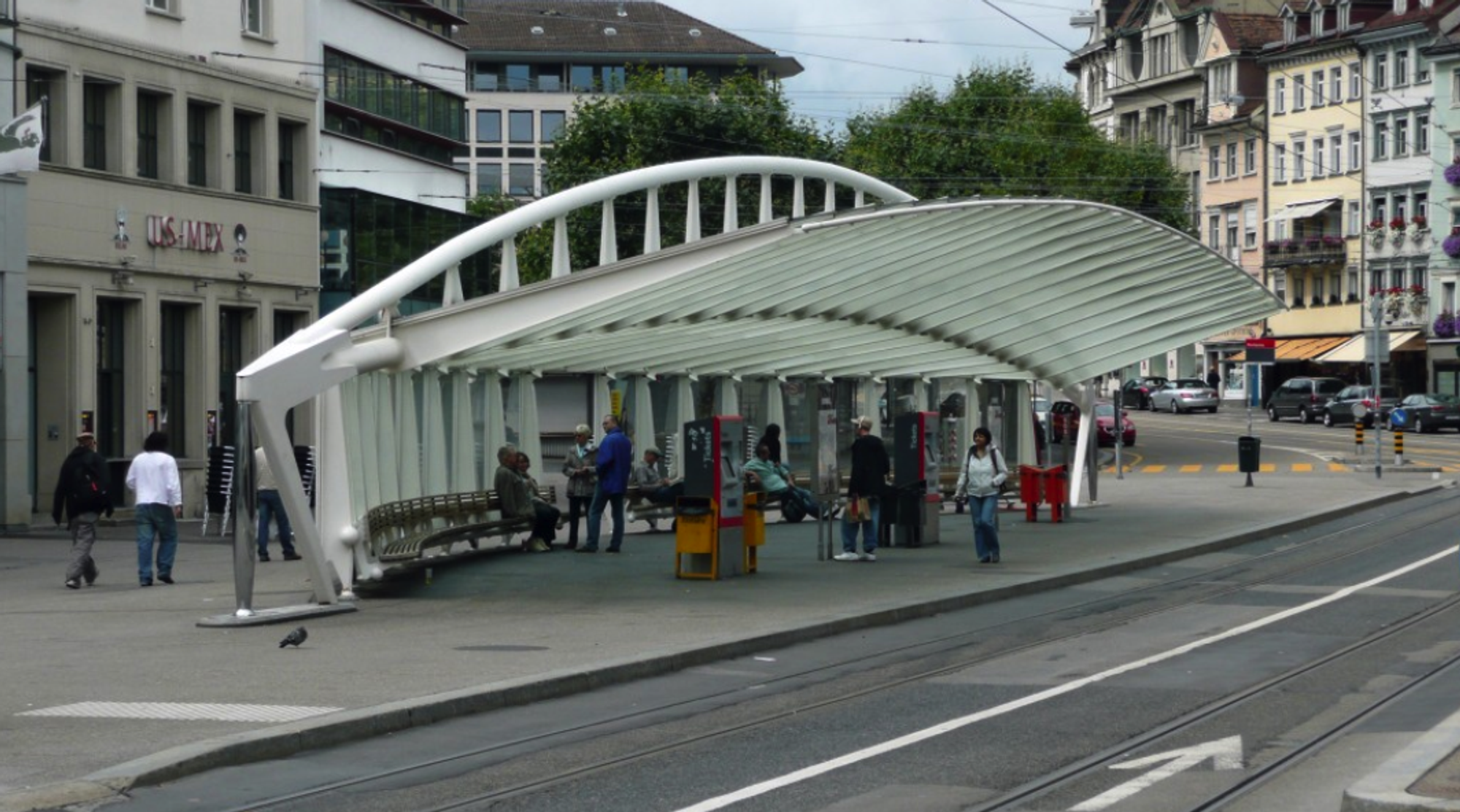Overview
In this assignment, you’ll create a grid of objects that adjust their heights to reflect their distance from a target point. But rather than having a linear relationship to the distance, the heights will undulate – similar to the ripples that move across a pond when a pebble is dropped into it.
In this assignment, you’ll create a scalable, customizable parametric structure that could serve as the basis for many different architectural forms.You can use Dynamo or Grasshopper (choose one) to model your design, then demonstrate how you can parametrically scale your design for different uses.
Your structure should provide partial shelter from the sun and rain – for example:
- a bus stop or train platform
- a bandstand or stage cover
- a picnic area covering
- a covered walkway
As you develop your Dynamo or Grasshopper graph, try to exhibit good programming practice by:
- laying out your nodes diagrams very clearly
- creating groups for related nodes
- adding helpful comments in the group titles or using the Create Note command
These extra steps make it easier for us to follow your logic and easier for you too when you revisit the graph after a few days or weeks have passed.




Steps to Complete
For 2 Units
For 3 Units
For 4 Units
Submit
- Please create a folder named “Module 3” within your personal folder in our Autodesk Construction Cloud project:
- Then, upload these items to your Module 3 folder using the web interface:
- Your Revit project (.RVT) file
- Your Dynamo environment (.DYN) file
- Create a link to your Module 3 folder:
- Right-click on the Module 3 folder in the file tree (at the left side of the interface) and choose Share from the pull-down menu.
- Choose Share with Project Members, then switch to the Link tab.
- Click the Copy button to copy the link to your clipboard.
- Create a new posting on this Notion page — Design Journal Entry: Give Me Shelter — including:
- A screenshot of your model geometry
- A few sentences describing your modeling approach
- A brief description of your design outlining the parameters that can be used to flex and dynamically change your structure
- The link to your Module 3 folder in our Autodesk Construction Cloud project.
